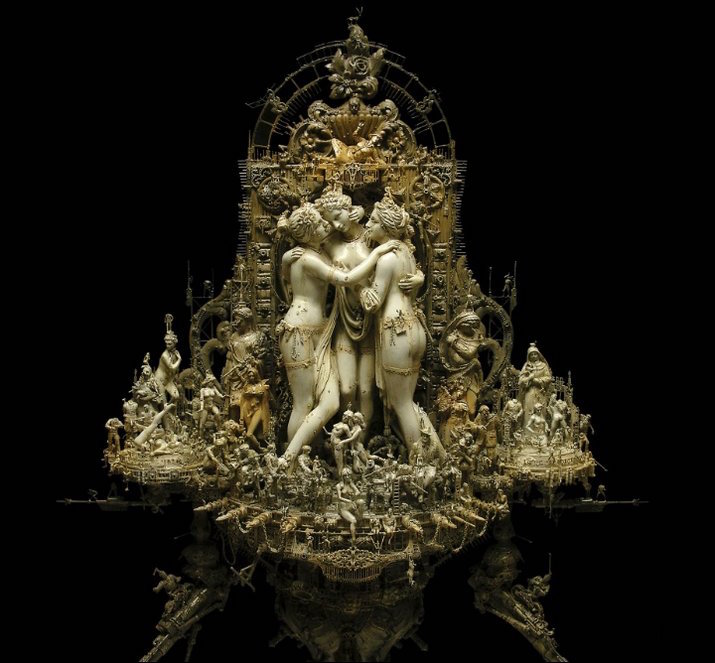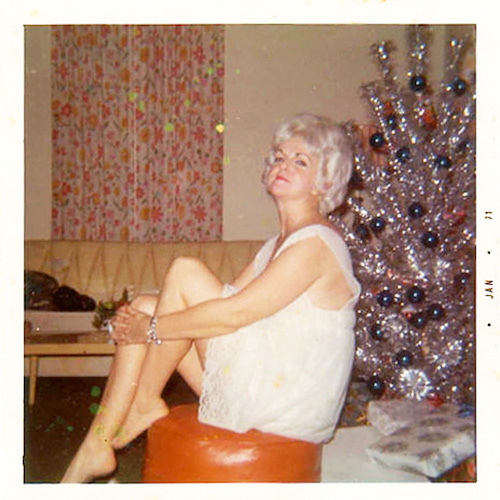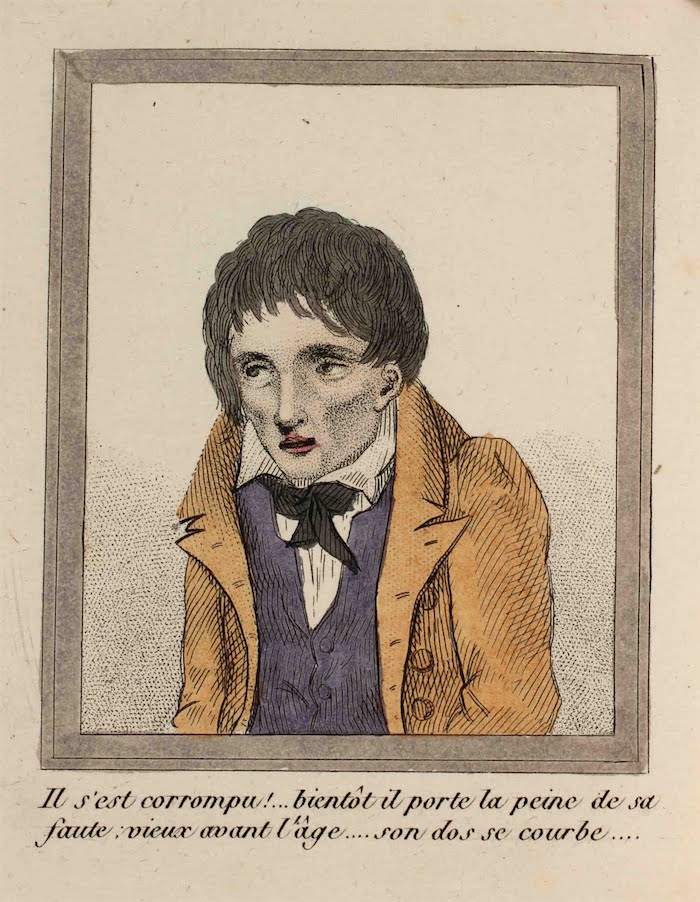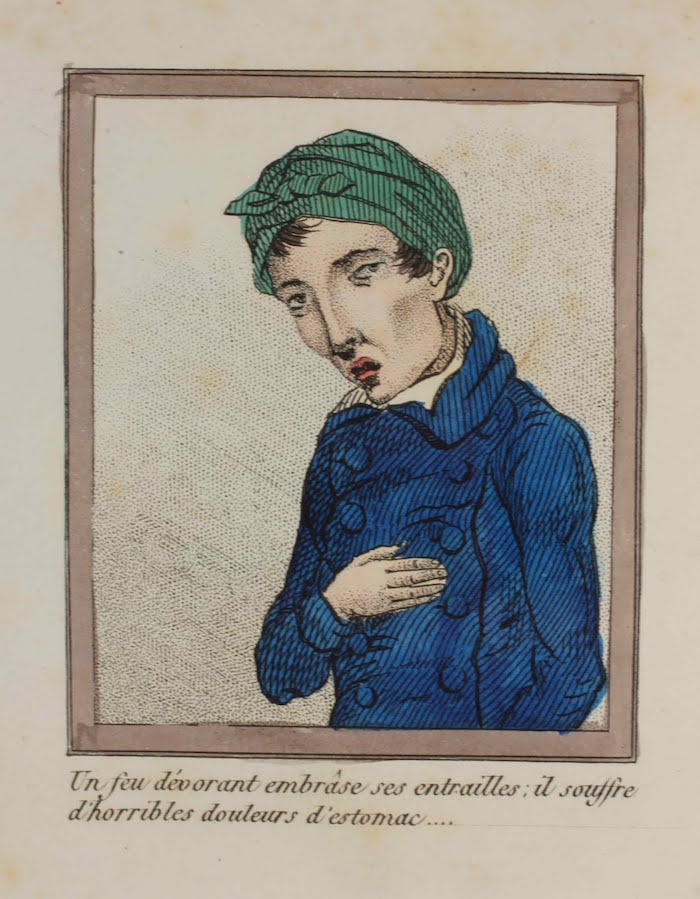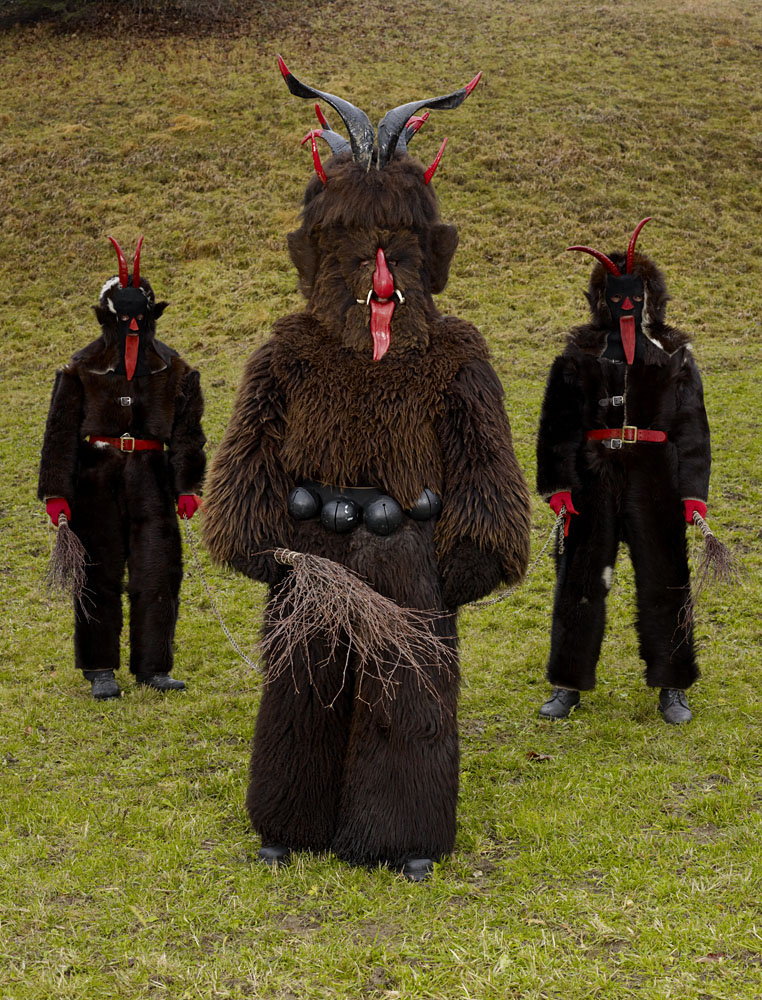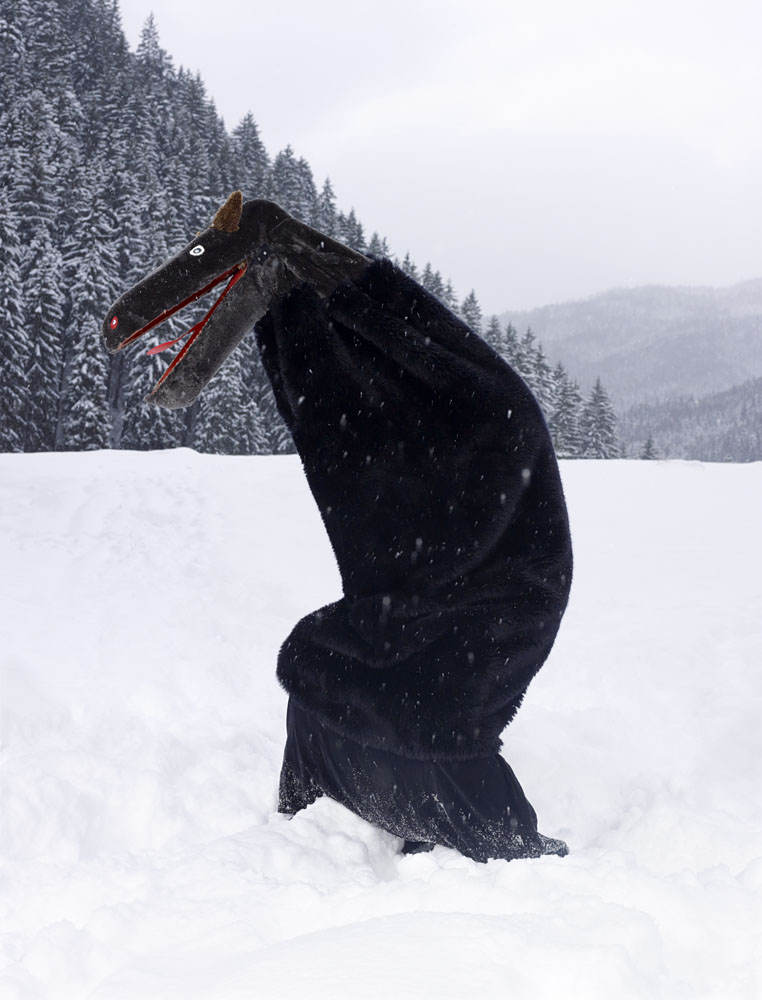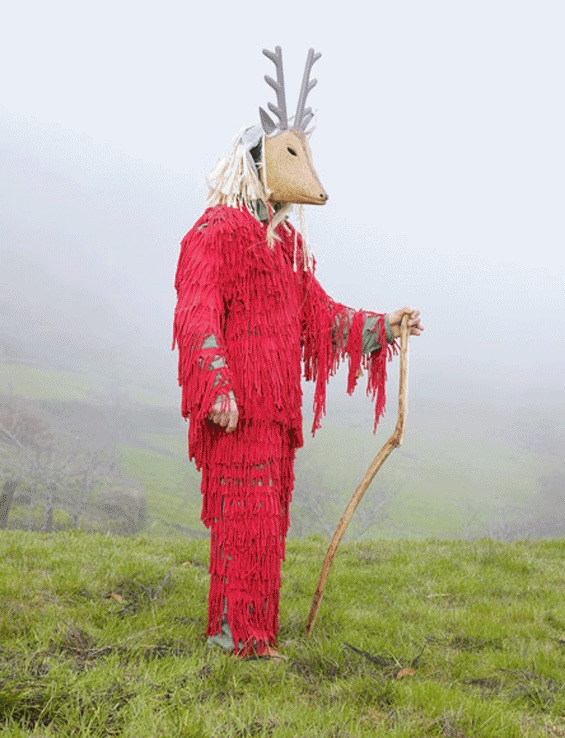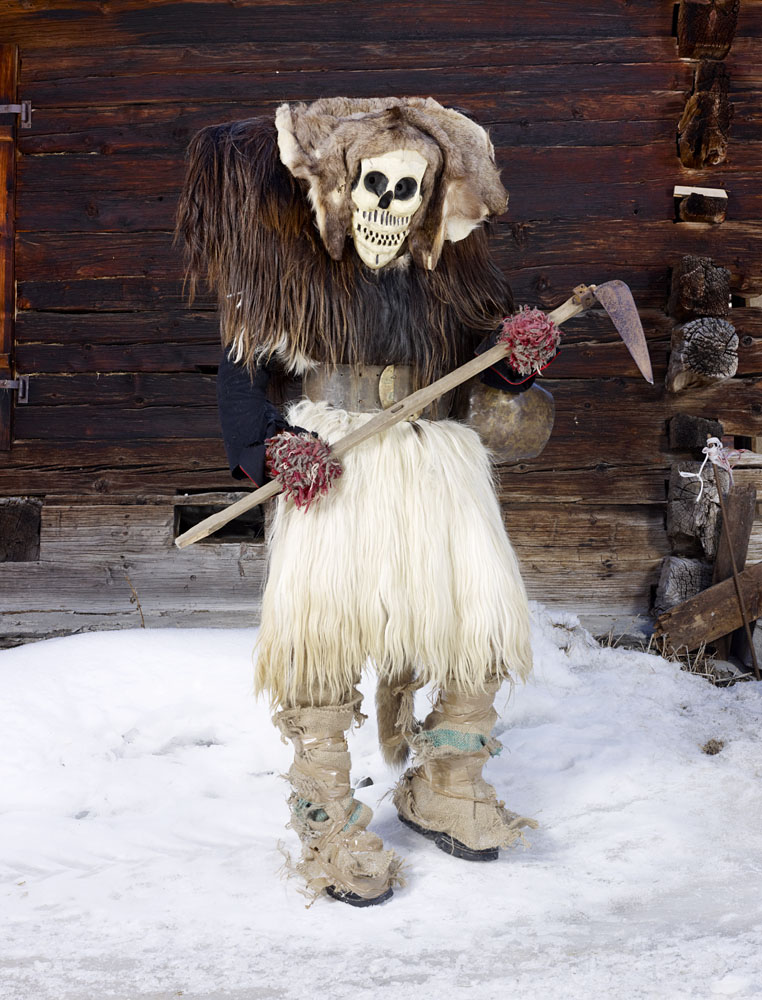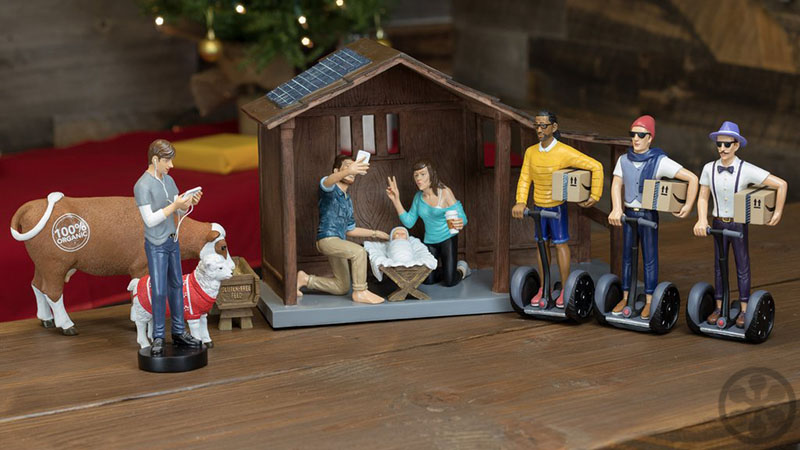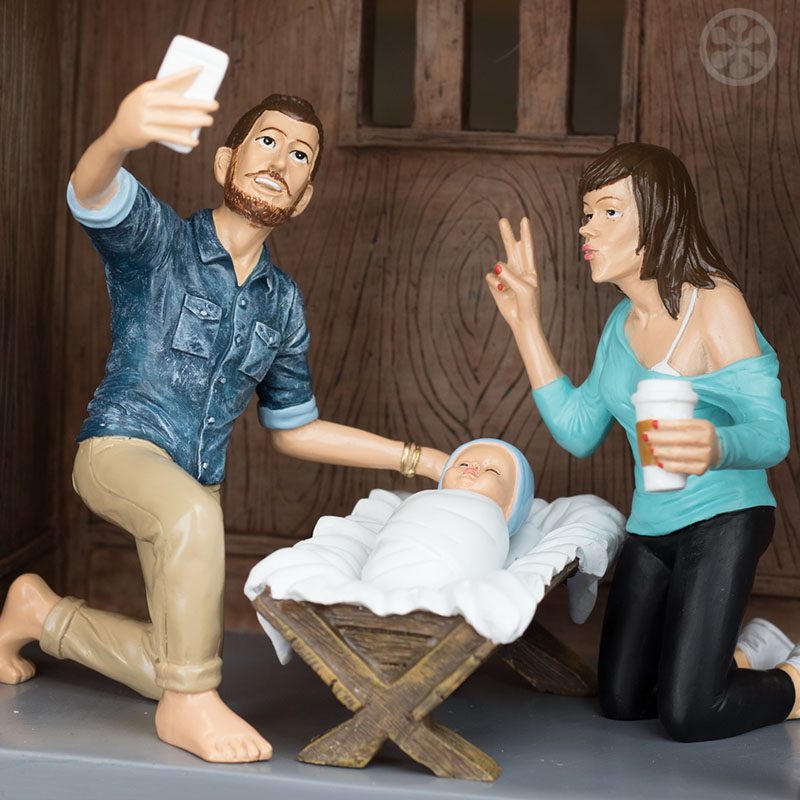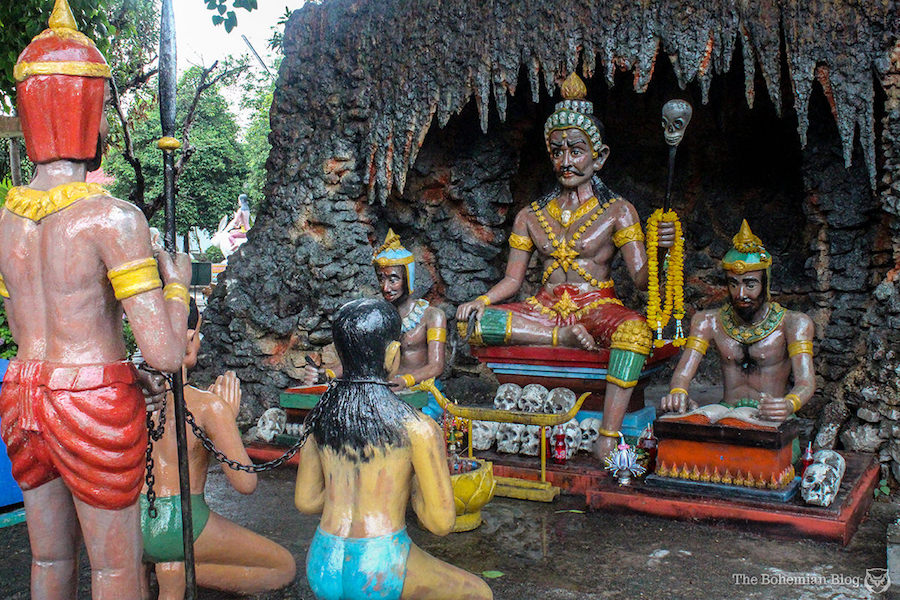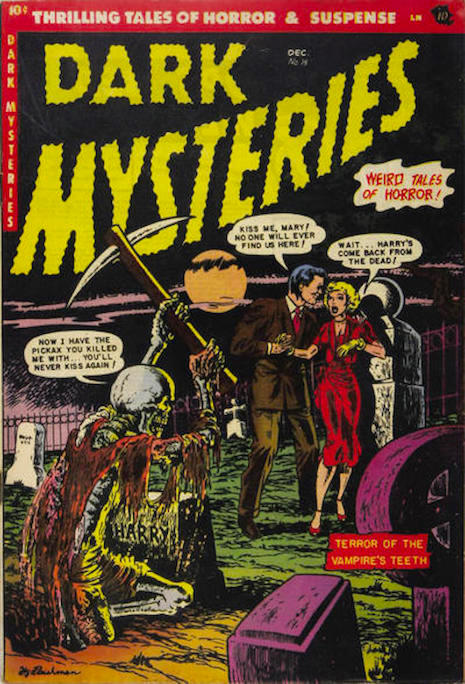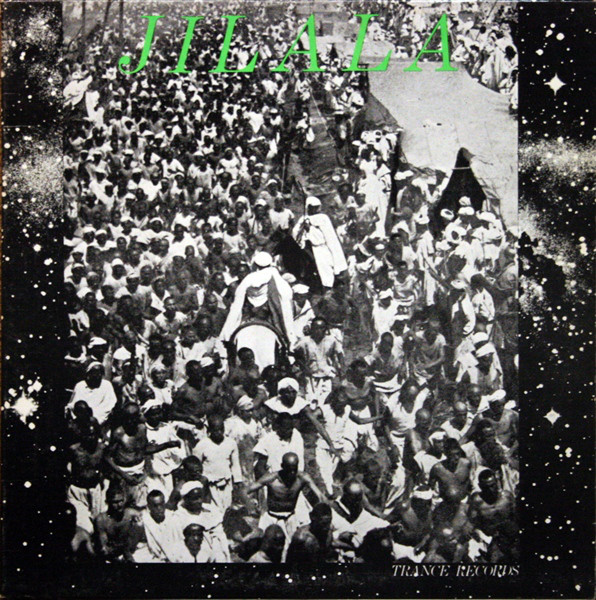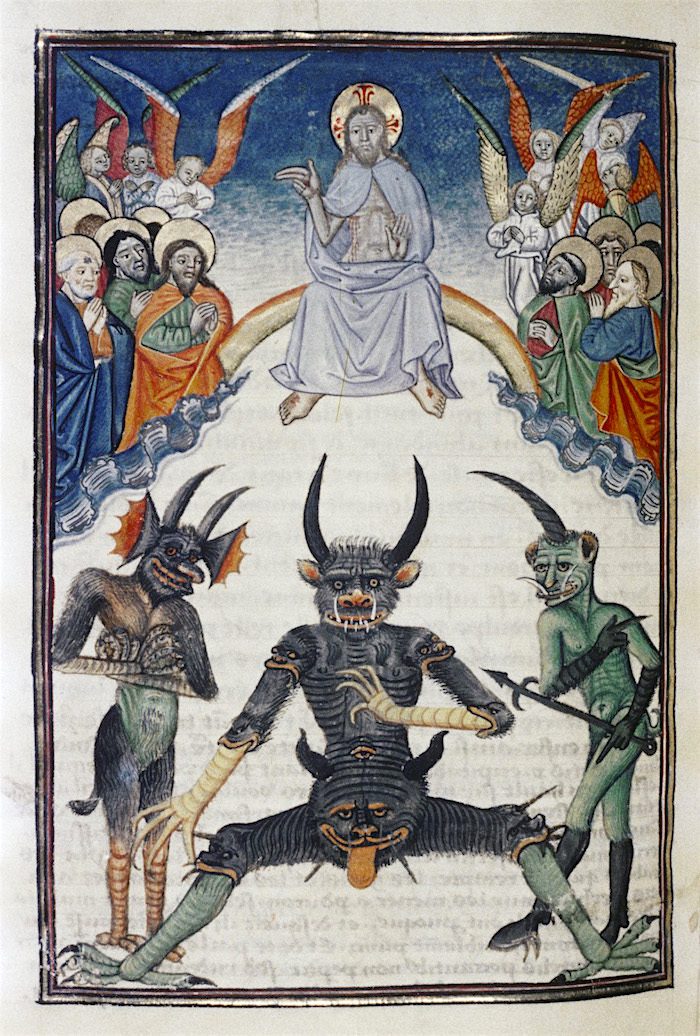
For such a beautiful book containing such rich and powerful religious iconography there is surprisingly little known about Livre de la Vigne Nostre Seigneur other than it is a French book written circa 1450-70 and is an illustrated treatise “on the Incarnation, Passion, and Resurrection of Christ” and “the Antichrist, Last Judgement, Hell, and Heaven.”
The book’s title Livre de la Vigne Nostre Seigneur is an “allusion” to:
...a vineyard often evoked in the Old Testament, planted by Yahweh and symbolizing the people of Israel. The image is taken up in the New Testament [Matthew 20-21], Jesus comparing the Kingdom of God to a vine whose Christians are the winegrowers.
The manuscript is illustrated throughout with stunning miniatures produced by many different hands depicting a diverse range of demons carrying out their dastardly deeds in Hell.
These “medieval demons”:
...undertake a much broader variety of activities—none of them good—and as observable here and elsewhere in the Livre de la Vigne imagery, their physiognomies often incorporate a baroque set of negative pictorial signs, which may include dark skin; deformity; bestial features such as fangs or beaks, horns, hooves, and tails; ugly grimaces; and supernumerary bodily orifices.
Demonic attributes, such as military weapons, pitchforks, fleshhooks, and flails, are associated with warfare, agricultural labour, and torture; and the torments inflicted by demons upon the damned include some of those familiar to medieval viewers from earthly spectacle, including public punishment.
Writer and researcher Jenny Judova notes the “most interesting aspect of these demonic depictions is”:
...that according to F. Carey (The Apocalypse and the Shape of Things to Come, p.93) ‘many of the details of the pictorial depictions follow the account in the text, which incorporates the description (in Latin ) from the book of Job 41:5-12:
(41-5) Who can open the doors of his face? his teeth are terrible round about. (41-6) His body is like molten shields, shut close up with scales pressing upon one another. (41-7) One is joined to another, and not so much as any air can come between them: (41-8) They stick one to another and they hold one another fast, and shall not be separated. (41-9) His sneezing is like the shining of fire, and his eyes like the eyelids of the morning. (41-10) Out of his mouth go forth lamps, like torches of lighted fire. (41-11) Out of his nostrils goeth smoke, like that of a pot heated and boiling. (41-12) His breath kindleth coals, and a flame cometh forth out of his mouth’
Jenny also points out the manuscript’s depiction of the Devil is “to some extent based on scripture and not social expectations of what the devil should like and artistic imagination.”
The Bodleain Library has uploaded a large selection of images from Livre de la Vigne Nostre Seigneur which can be viewed here.
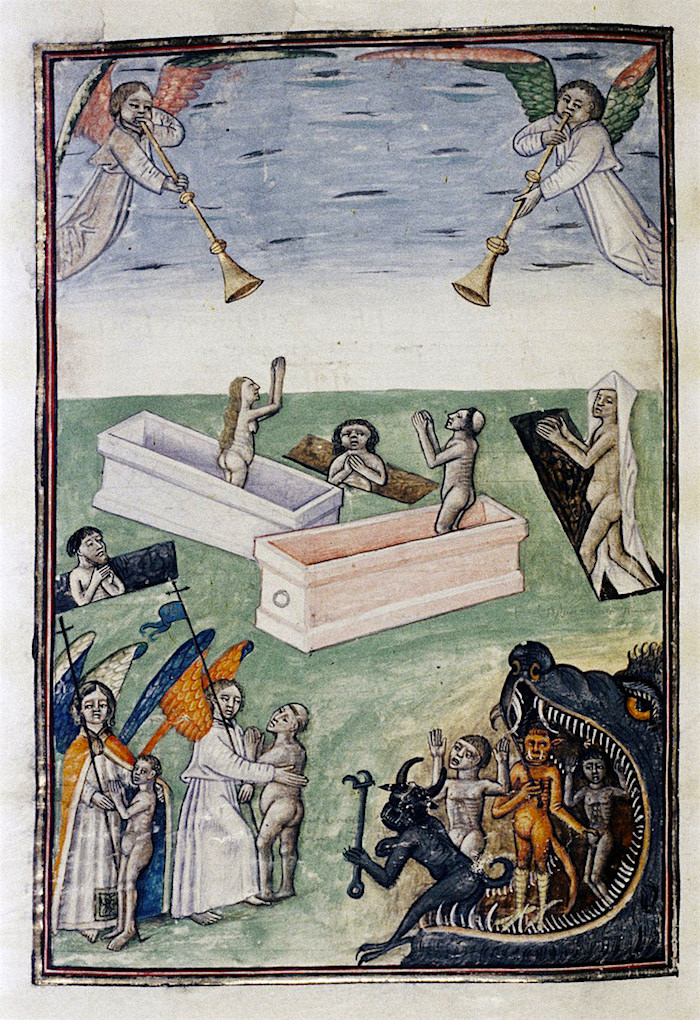
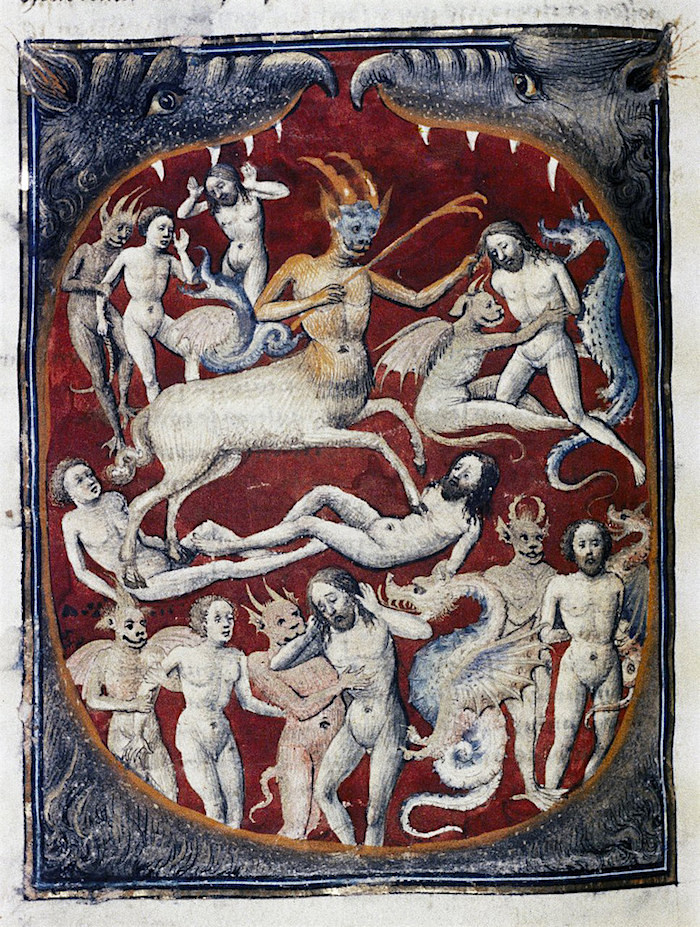
More images of Hell’s angels, after the jump…






